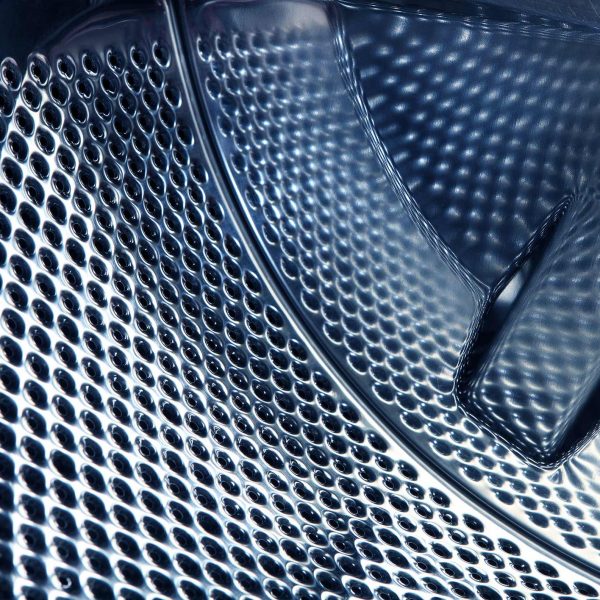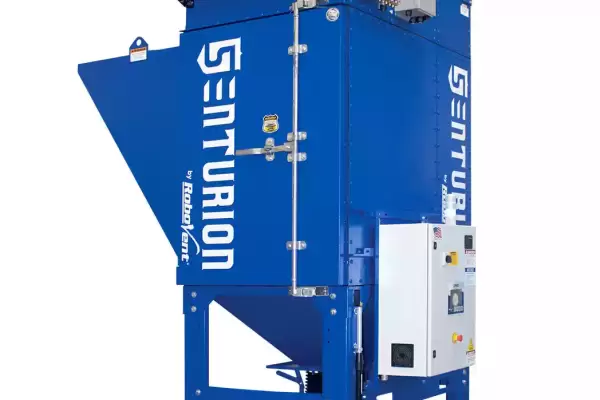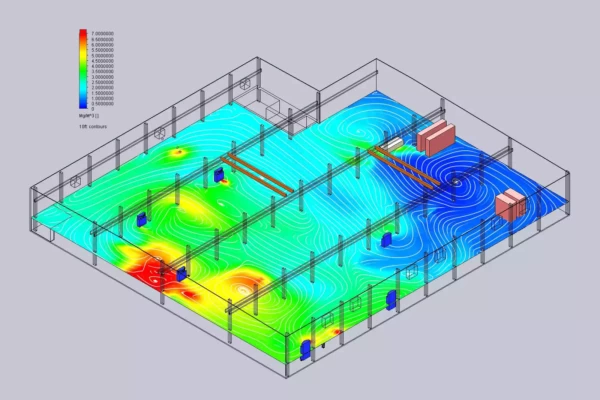 EXPOSURE RISKS FOR IRON AND CHROME DUST
EXPOSURE RISKS FOR IRON AND CHROME DUST
Many industrial processes involve iron or chrome in either bulk form or in metalworking. All of these have the potential to produce metallic dusts, but metalworking—cutting, grinding, polishing and so on—are notorious culprits. These dusts are serious health and safety concerns.
These concerns are the bases of regulations issued by the Occupational Safety and Health Administration (OSHA). The agency has published around 500 permissible exposure limits (PELs) to protect workers; many of these limits concern metallic substances.
While most of the risks associated with iron are less serious than many other metals, it is still crucial to protect workers from afflictions ranging from irritation of the lungs and gastrointestinal tract to pulmonary siderosis, an occupational lung disease. Excessive exposure to chromium III may be harmful, according to OSHA, and exposure to chromium VI is a well-documented deadly substance. Chromium VI is listed as a human carcinogen and carries a very tight standard from OSHA.
To add to the list of concerns, both iron and chromium are combustible in dust form. When these dusts combine with air in a certain proportion, they can easily be ignited. Dust explosions can be deadly and destructive.
 REGULATIONS FOR IRON AND CHROME DUST
REGULATIONS FOR IRON AND CHROME DUST
OSHA’s regulations for iron and chrome are reflected by the substances’ individual dangers, naturally, and span a range of PELs. Iron dust is often covered by OSHA’s standard for nuisance dust, which is 15 mg/m3. If iron oxide is present, its dust is limited to 10 mg/m3. Certain iron compounds, called iron salts, are regulated at 1.0 mg/m3, but these rules only apply to the construction and maritime industries.
Standards for chromium require more vigilance from employers. The standard set for chromium III is 0.5 mg/m3. The more dangerous nature of chromium VI has led to a standard one hundred times stricter than that—the PEL for this substance is 5 µg/m3 (micrograms per cubic meter of air).
Regulations like these demand serious engineering and air quality controls. Compliance is necessary both to protect workers and to avoid serious fines.
MORE DUST TYPES
SOLUTIONS FOR DUST AND FUMES IN IRON AND CHROME
Understanding the content of one’s air is a crucial step in addressing dangerous airborne dusts. Getting an audit of air quality—conducted by licensed third-party professionals—is a great investment. That data will help you create a strategy for controlling your dusts and fumes.
RoboVent’s engineers have almost three decades of experience designing and implementing air quality solutions for industry. Whether your need is a portable dust collector for a single work station or a facility-wide solution, RoboVent has a variety of dust collectors available. We can also custom design a solution for any facility.
RoboVent’s dust collectors are not only powerful air quality solutions, they are also designed to save you money. Using our proprietary blowers and filters, these collectors use less energy than their competitors.
RoboVent is passionate about improving lives in industry, and this commitment is seen in every nut and bolt of our dust and fume collectors. Our equipment comes with the best service department and warranty in the business.
Iron and Chrome Dust Collection Collectors
Clean Air Technology Services
CONTACT US
Contact one of our industrial dust experts to gain the advantage against dust-generating processes and applications.








